Moths of the Lower Rio Grande Valley
Less Common, but Regular Moths
Carpenterworms, Silk Moths, Sphinxes, & Prominents
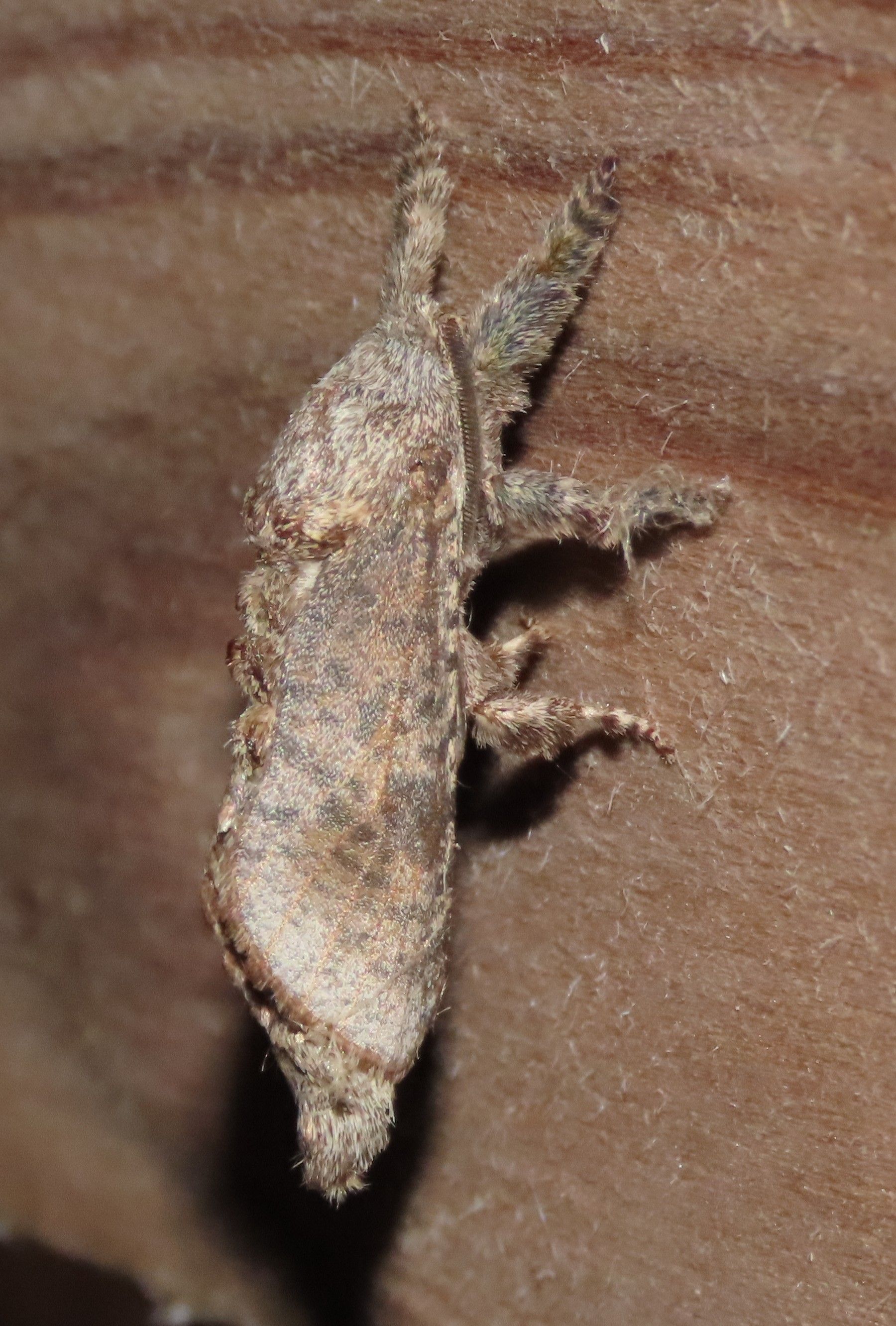
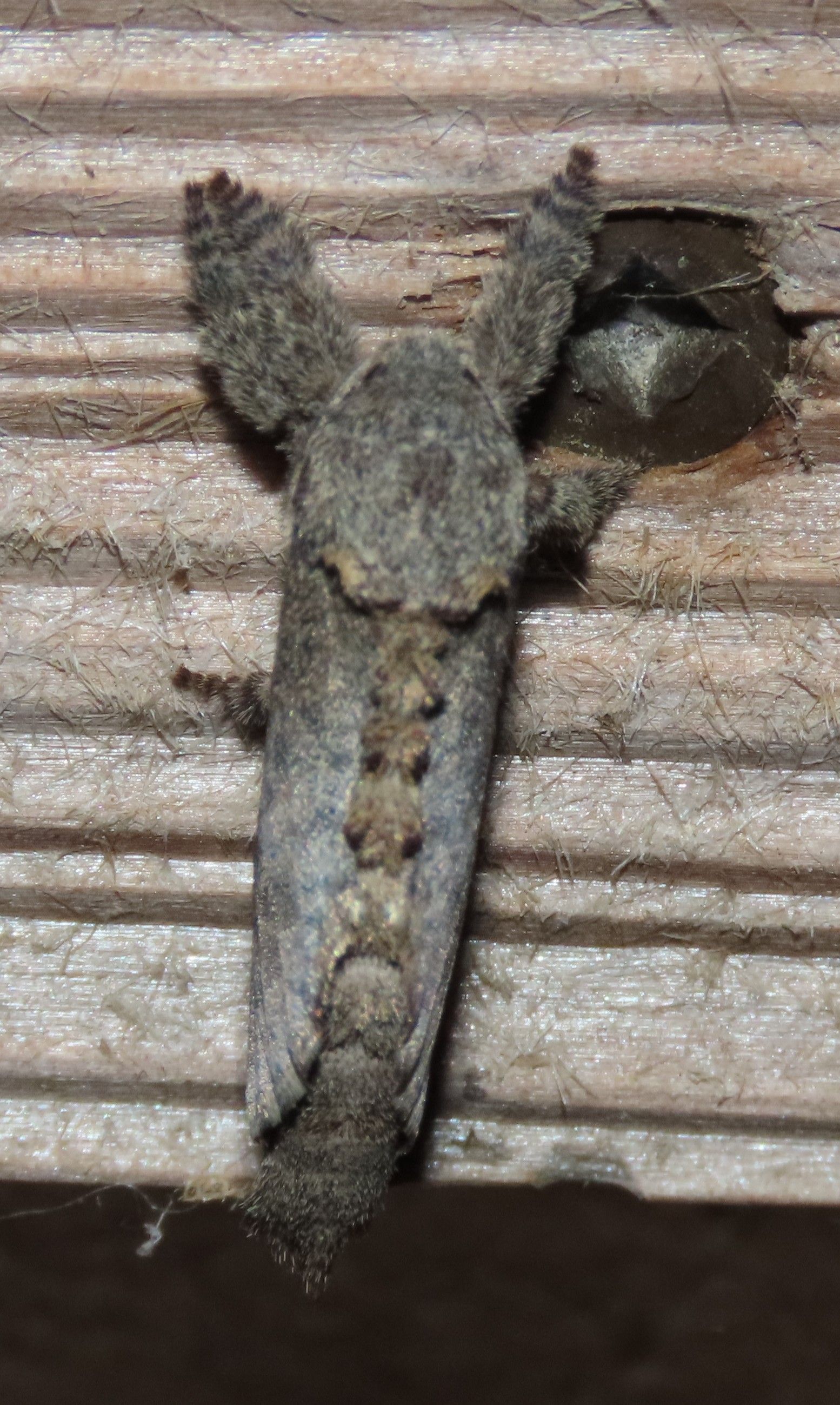
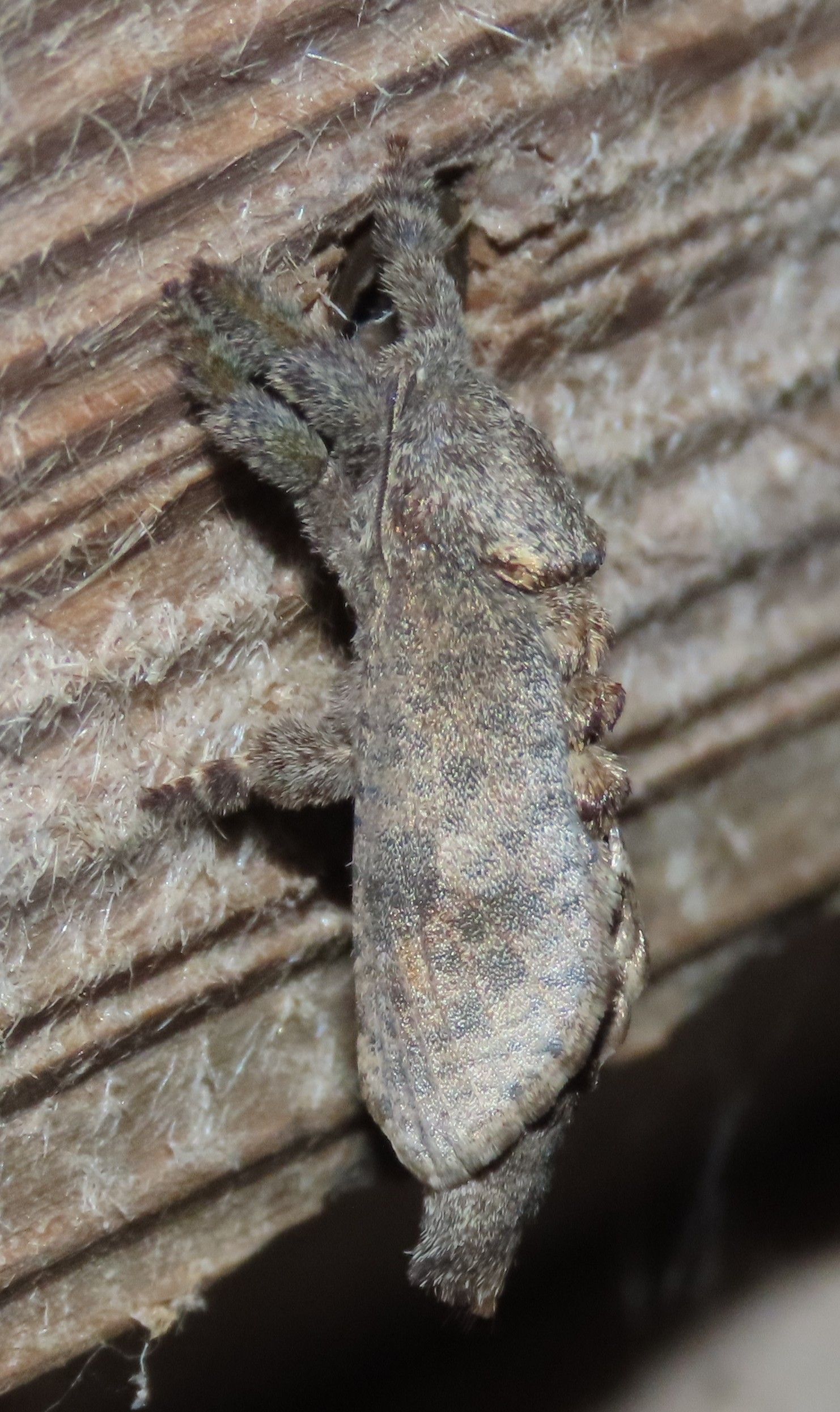
Arbela Carpenterworm (Givira arbeloides)
This relatively large, furry, lumpy moth is hard to mistake for anything else! Overall color is brownish to gray, with darker square-shaped spots on the forewing. Recorded June to August, with one March record.

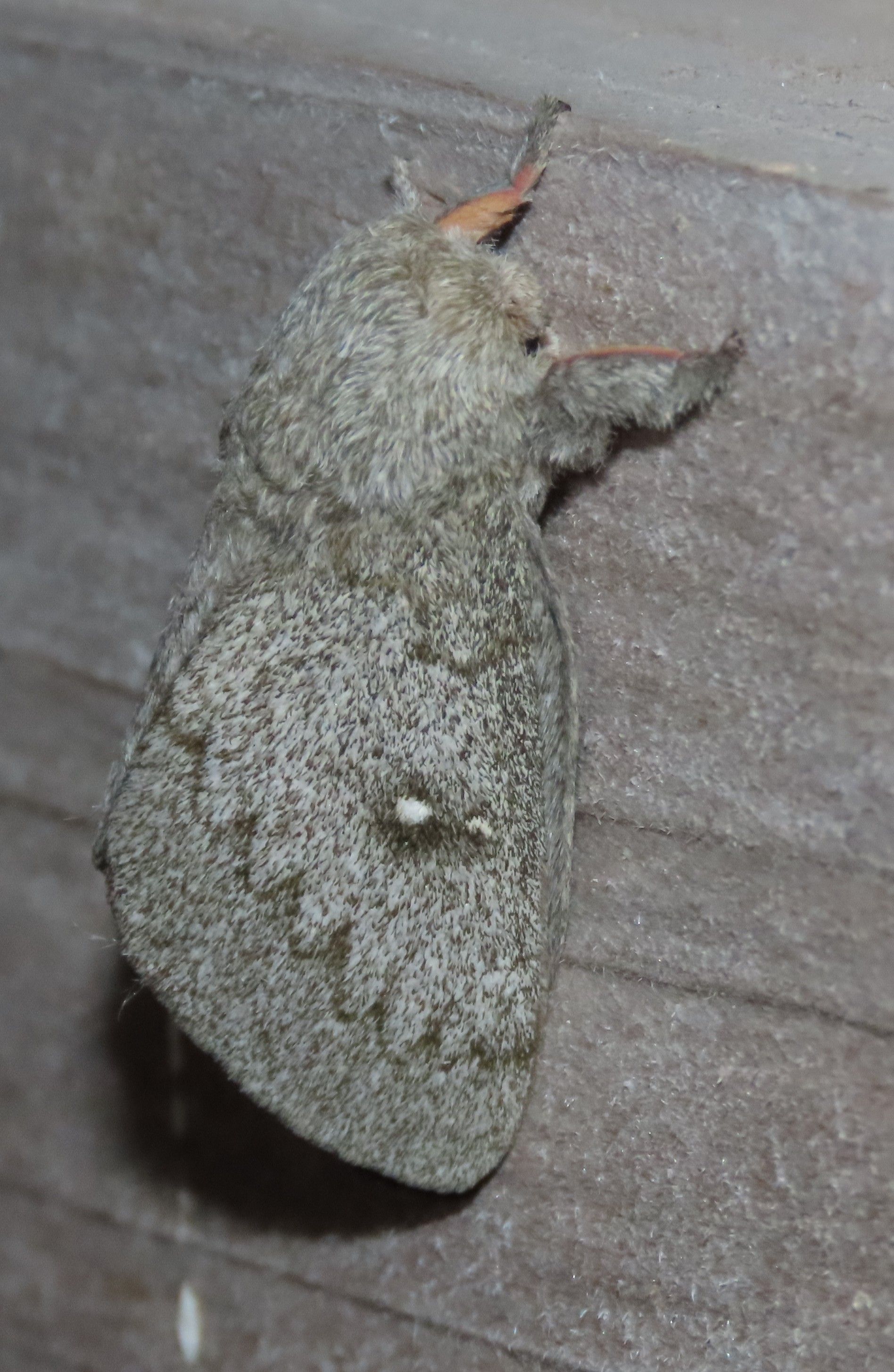

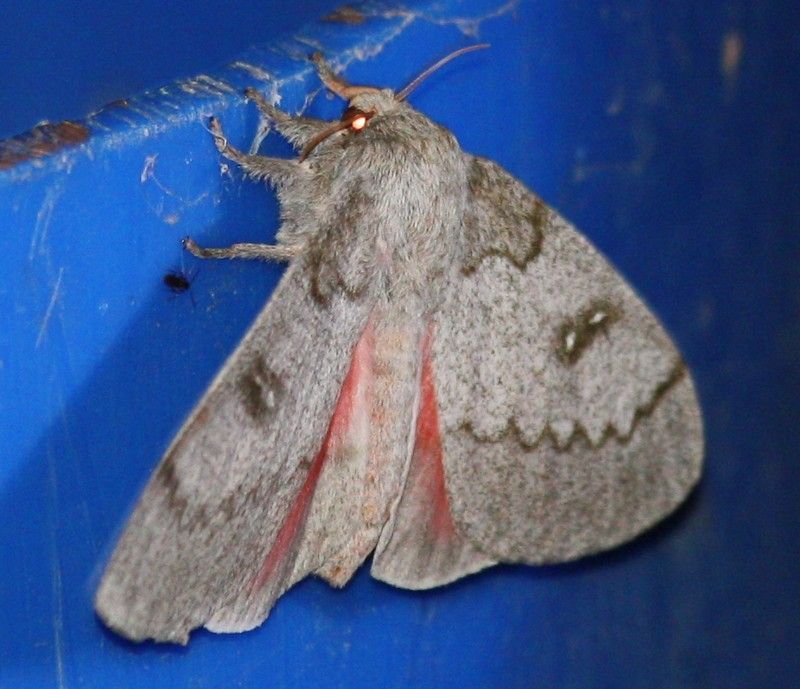
Heiligbrodt's Mesquite Moth (Syssphinx heiligbrodti)
This large, furry gray moth has a scalloped ST line and two white discal spots outlined in black. Hindwings are strikingly pink. Recorded February to July, with records in October.
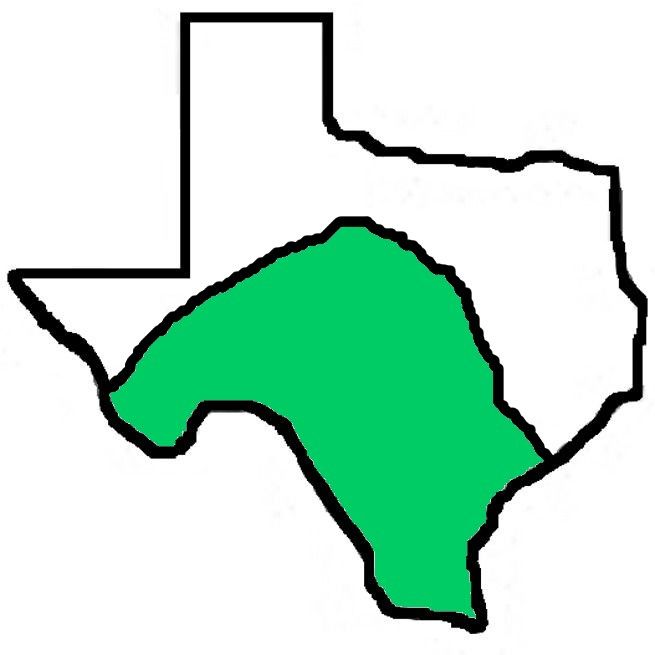

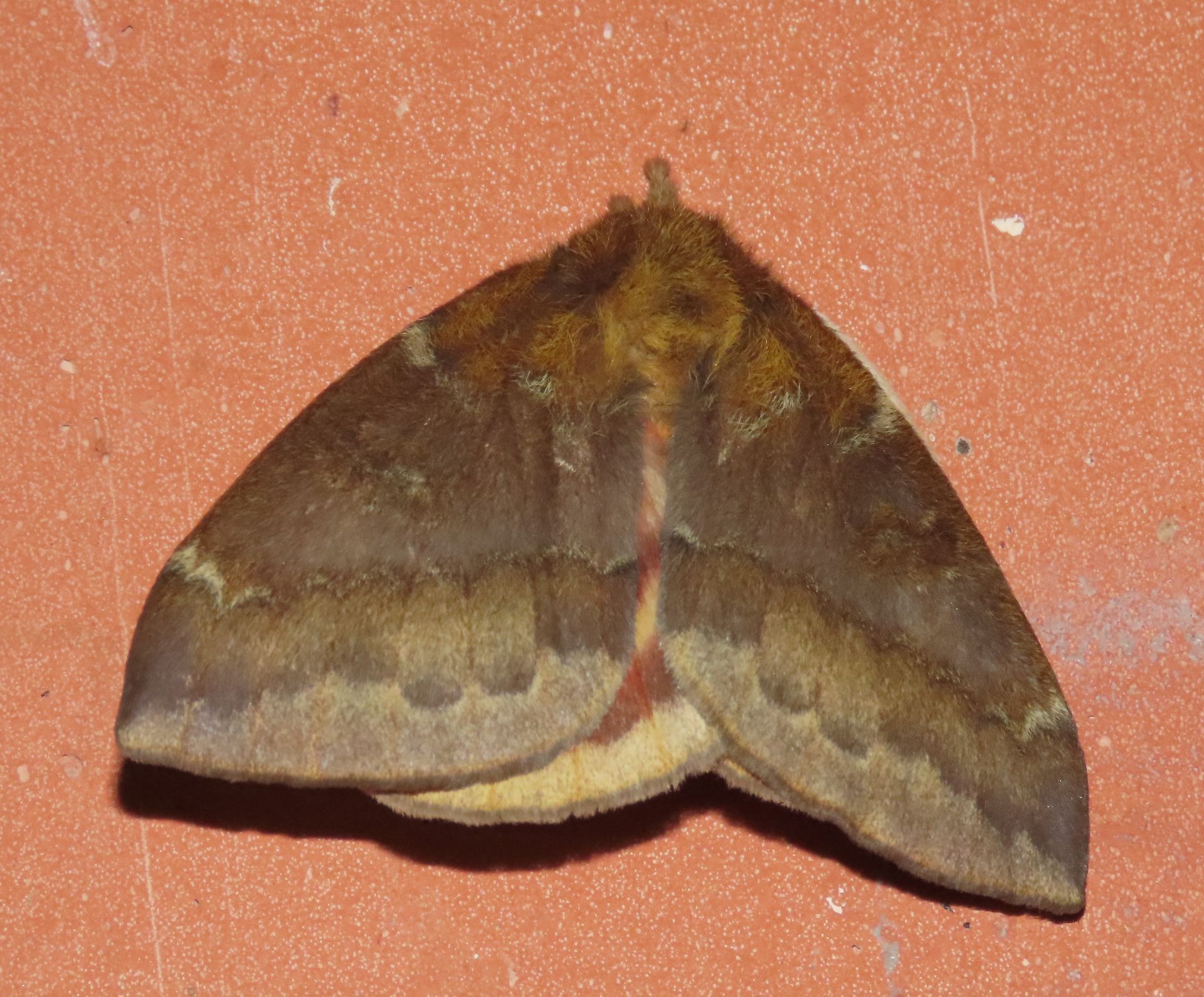
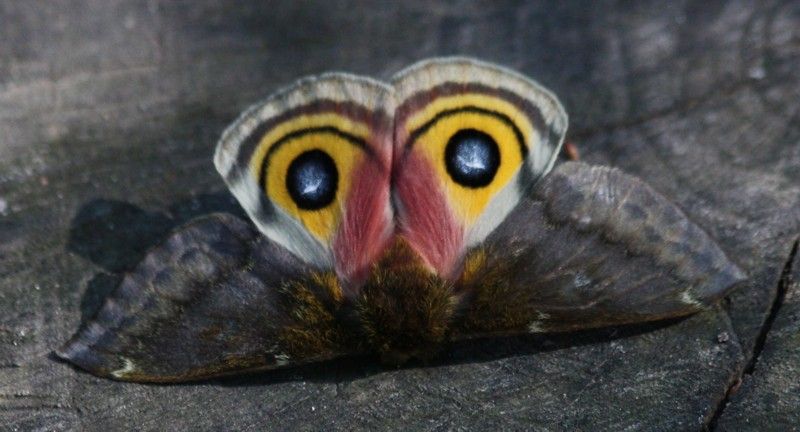
Io Moth (Automeris io)
This large arrow-shaped moth is strongly sexually dimorphic and nondescript (males are yellow, females are brown), but both show the startling trademark eyespots on the hindwings, prominently displayed when the bug feels threatened. Recorded February to March and September to October, with records in May.
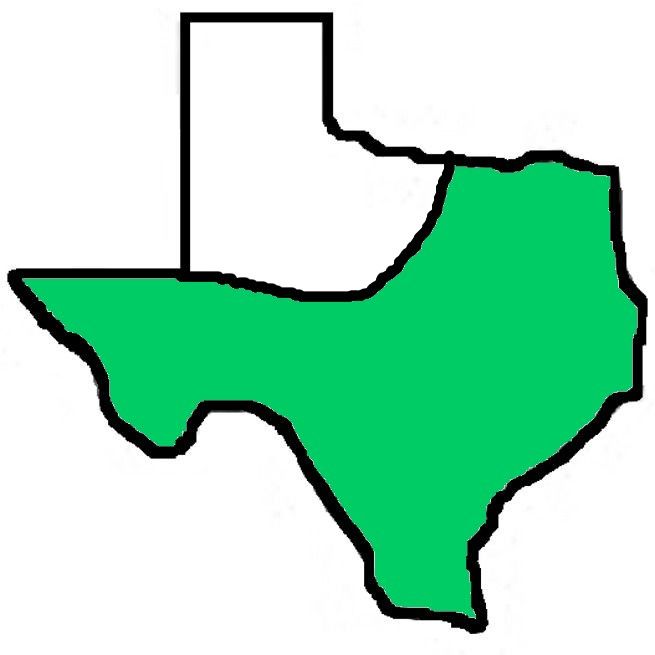
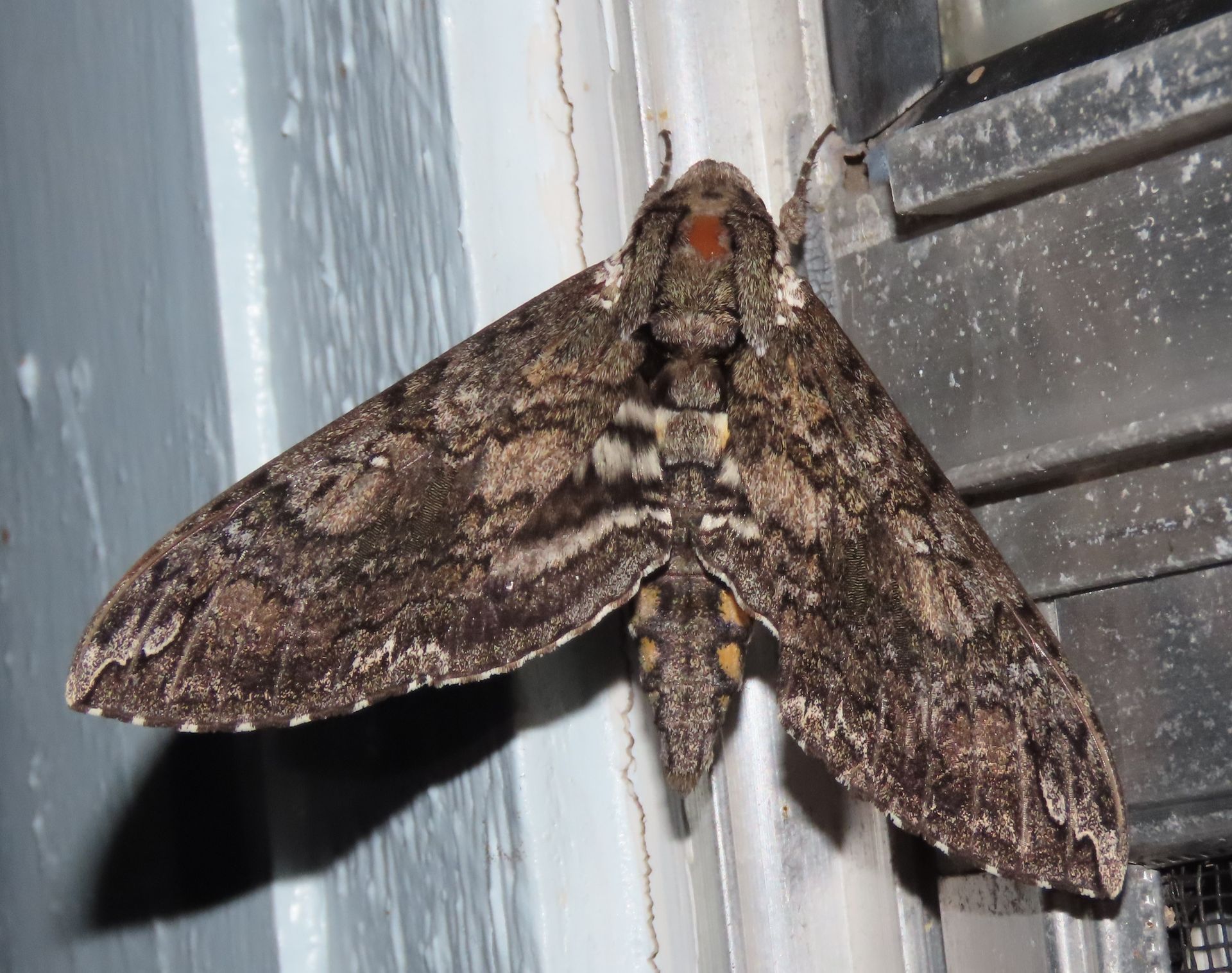
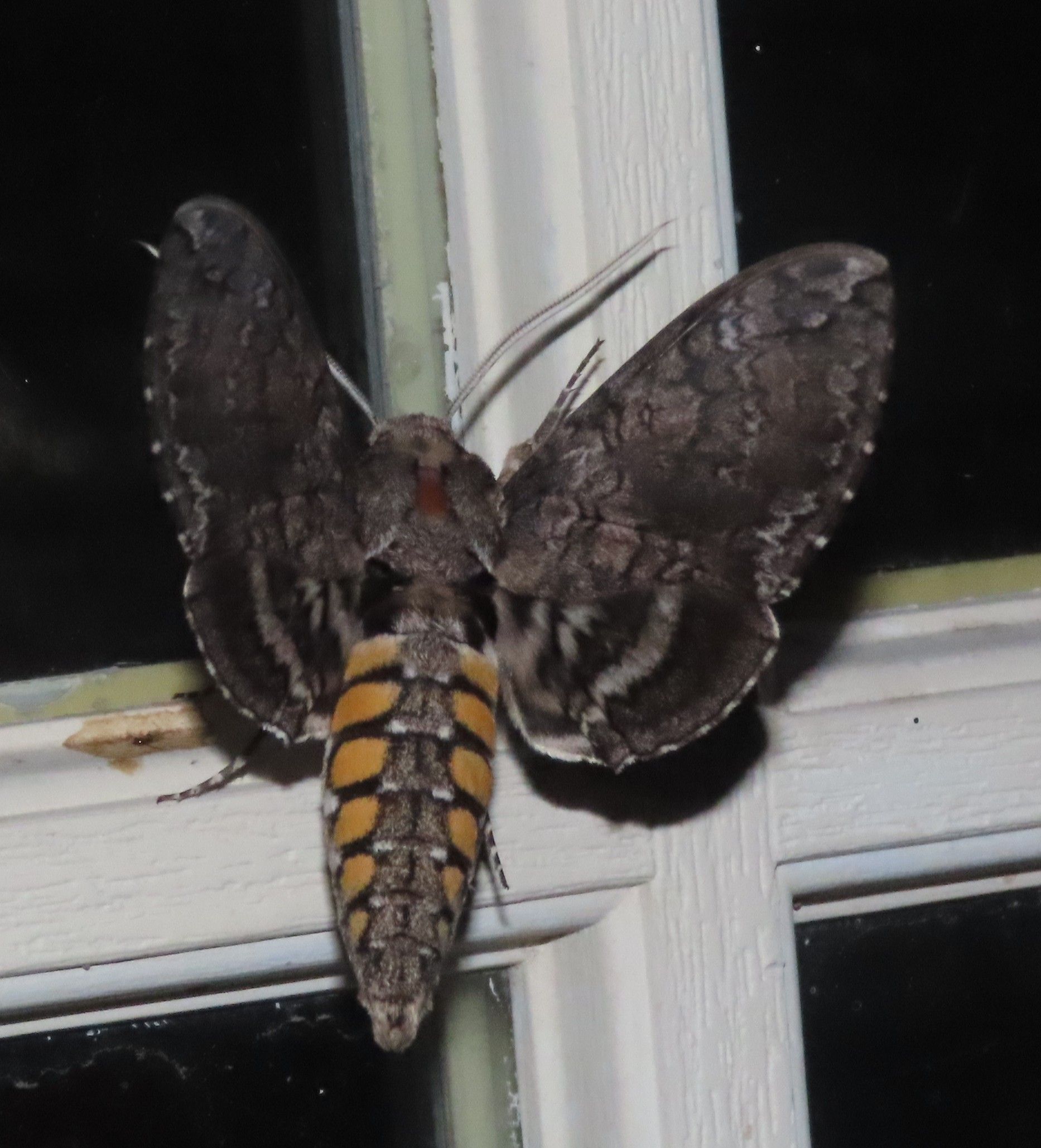
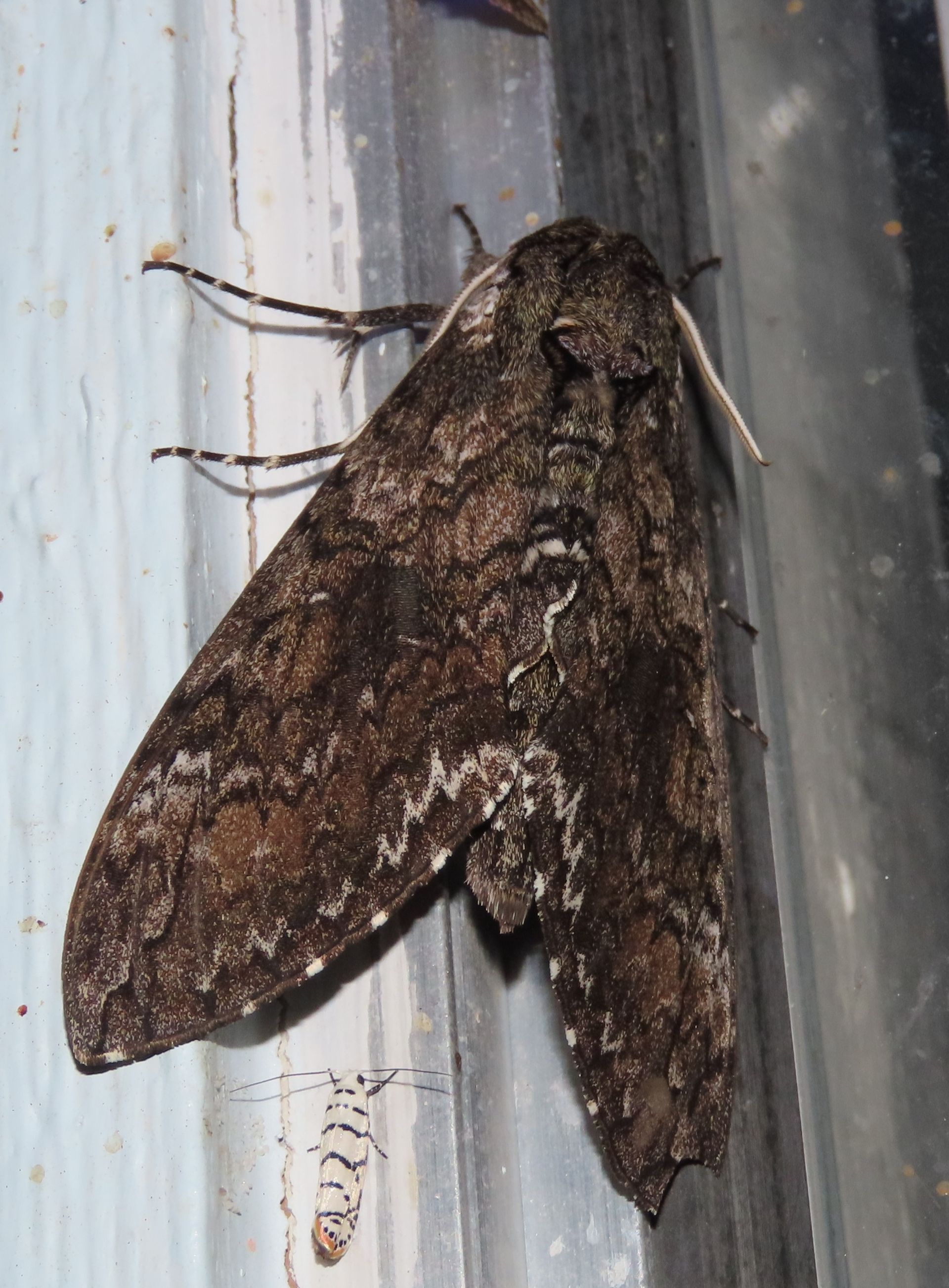
Carolina Sphinx (Manduca sexta)
This monster of a moth can be separated from similar species by the large orange abdominal spots and the smooth-edged white bands on the hindwing. When these features are not visible, look for the overall mottled appearance and the small white discal spot. Recorded May to October, with records in March and December.
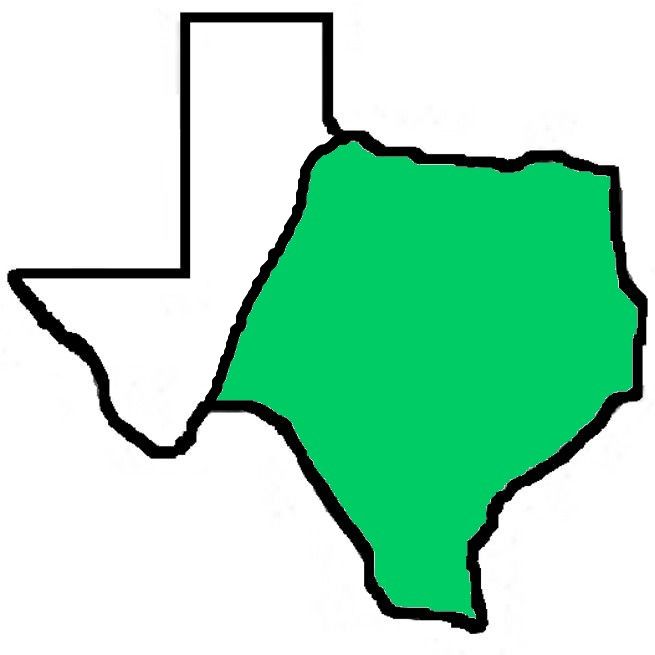

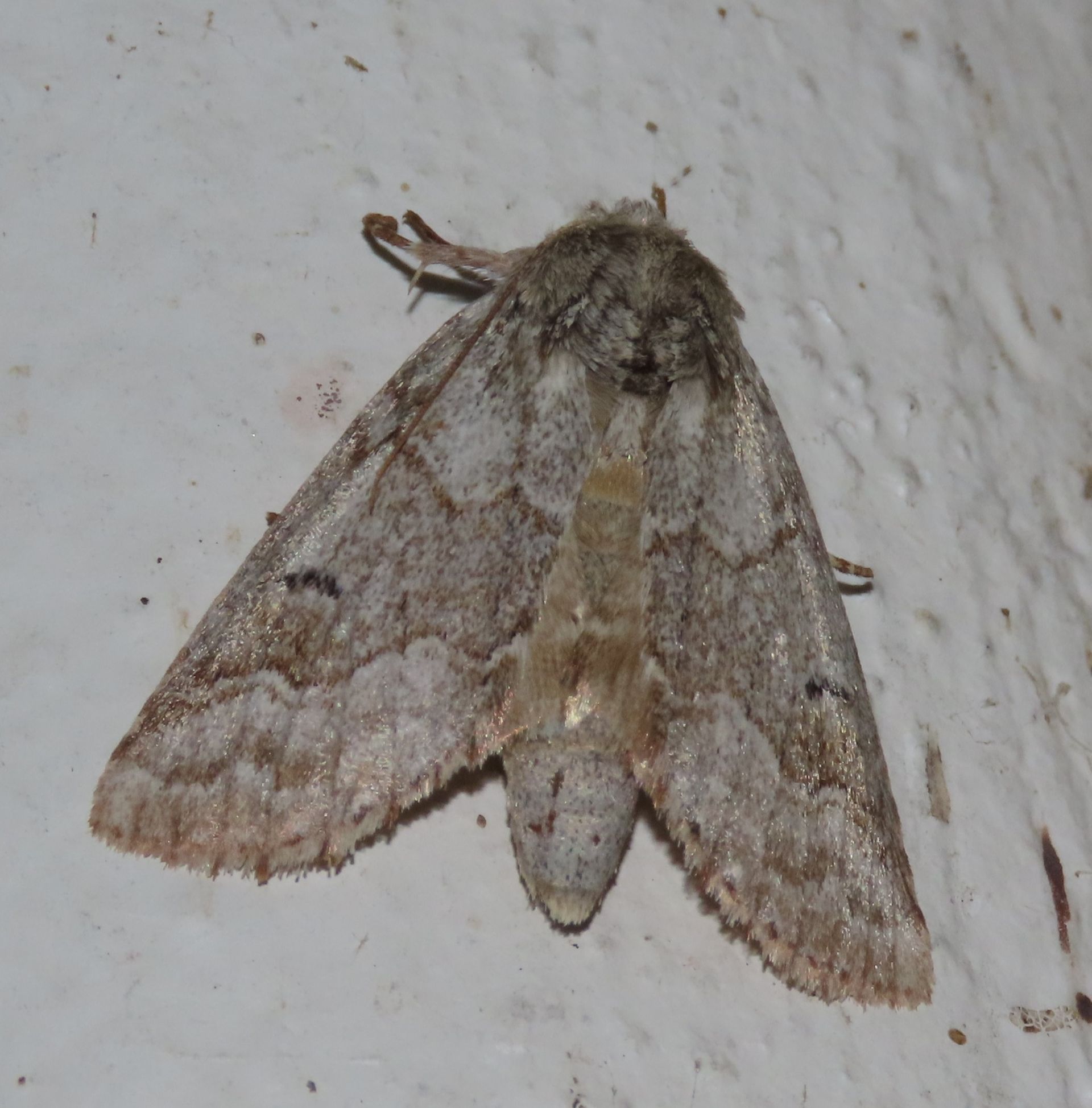
Double-lined Prominent (Lochmaeus bilineata)
When fresh, the wavy white AM and PM lines outlined in black are obvious, along with the crescent-shaped reniform spot. These field marks are still present but harder to see in worn individuals, but the bug still has a "saddled" appearance. Recorded January to August, and October to November.

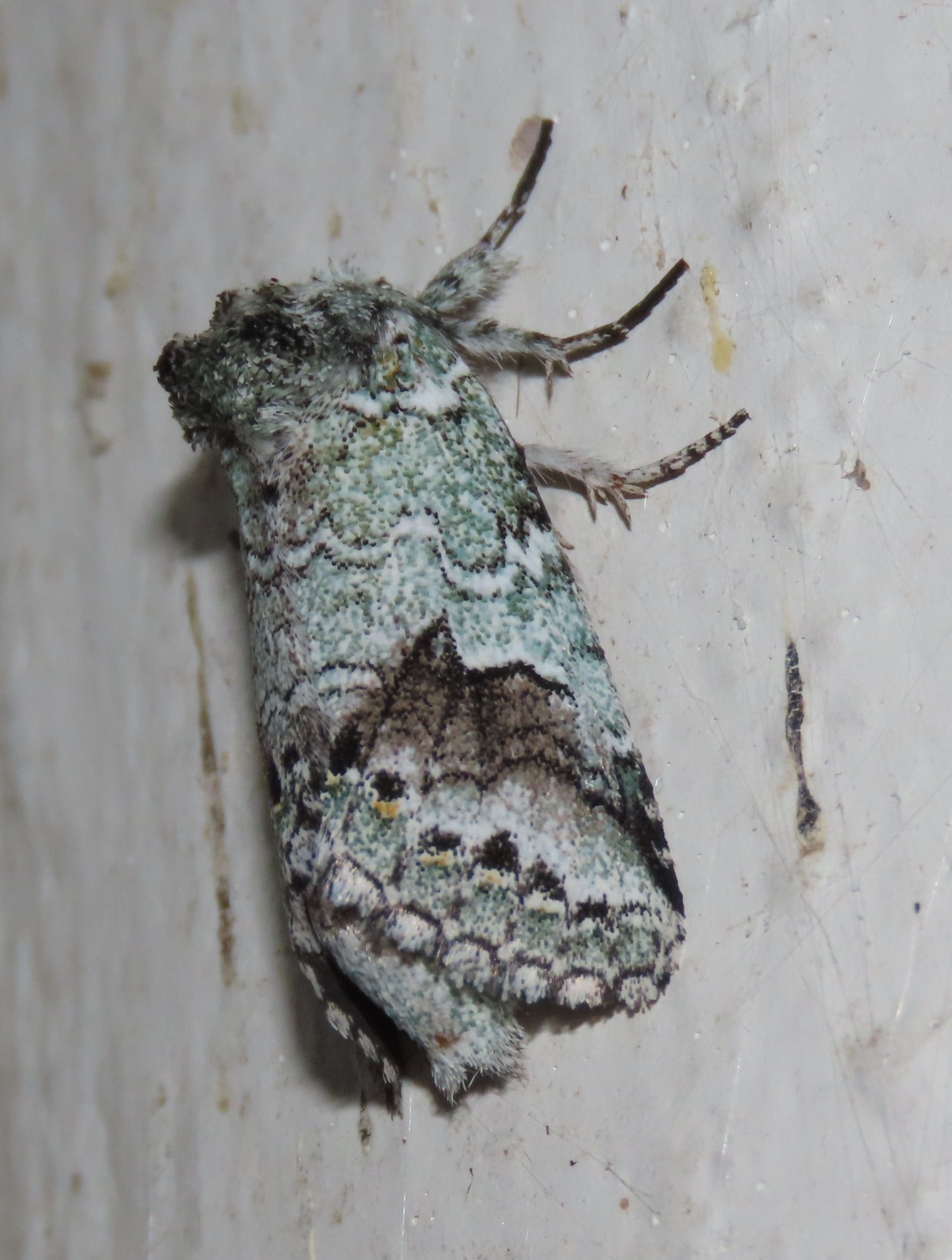
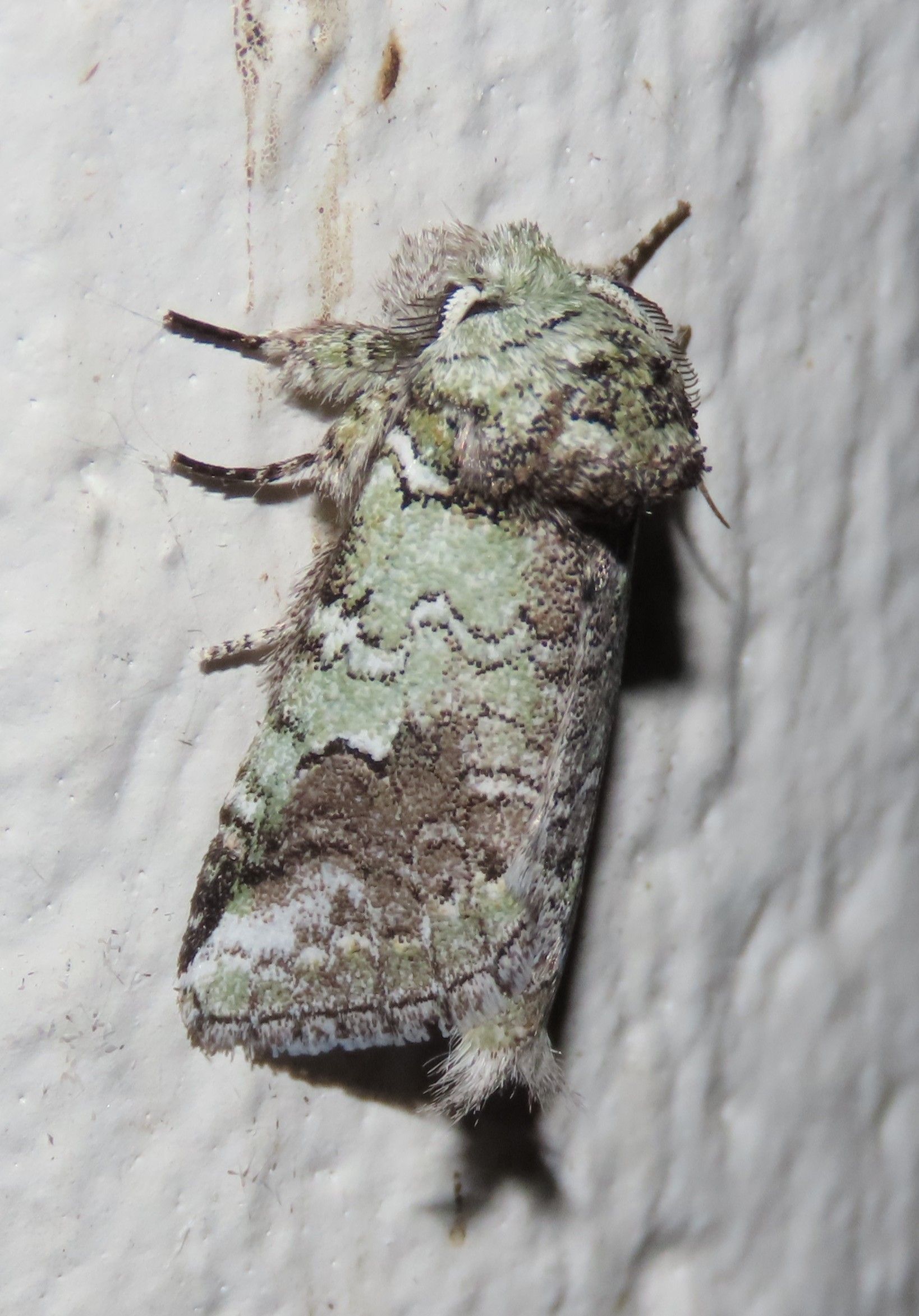
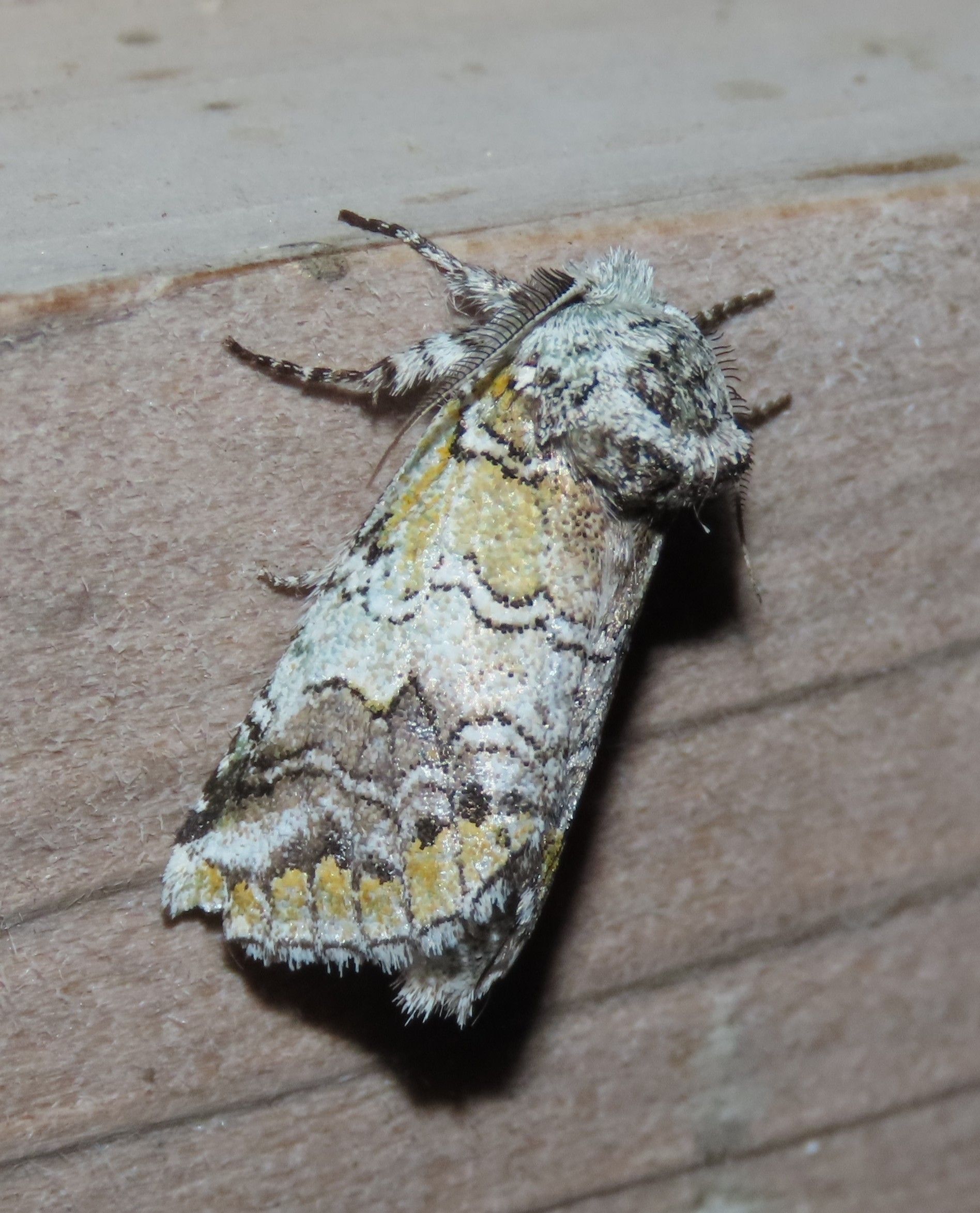
Orange-banded Prominent (Litodonta hydromeli)
These bugs ironically show more green than orange, with some showing no more than small orange spots along the ST line or scattered elsewhere throughout its "plumage". This bug shares the wavy white PM and ST lines outlined in black, but has dark gray shading below the median area. Recorded December to February and May to June, with records in August and October.
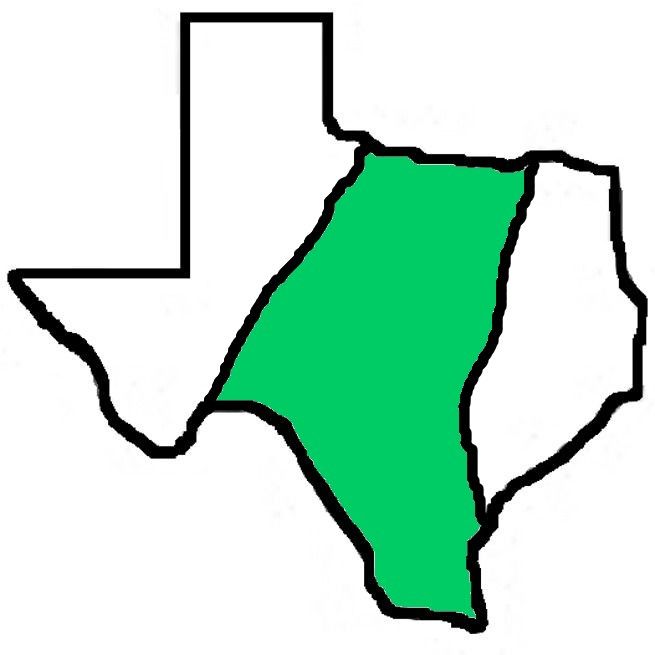
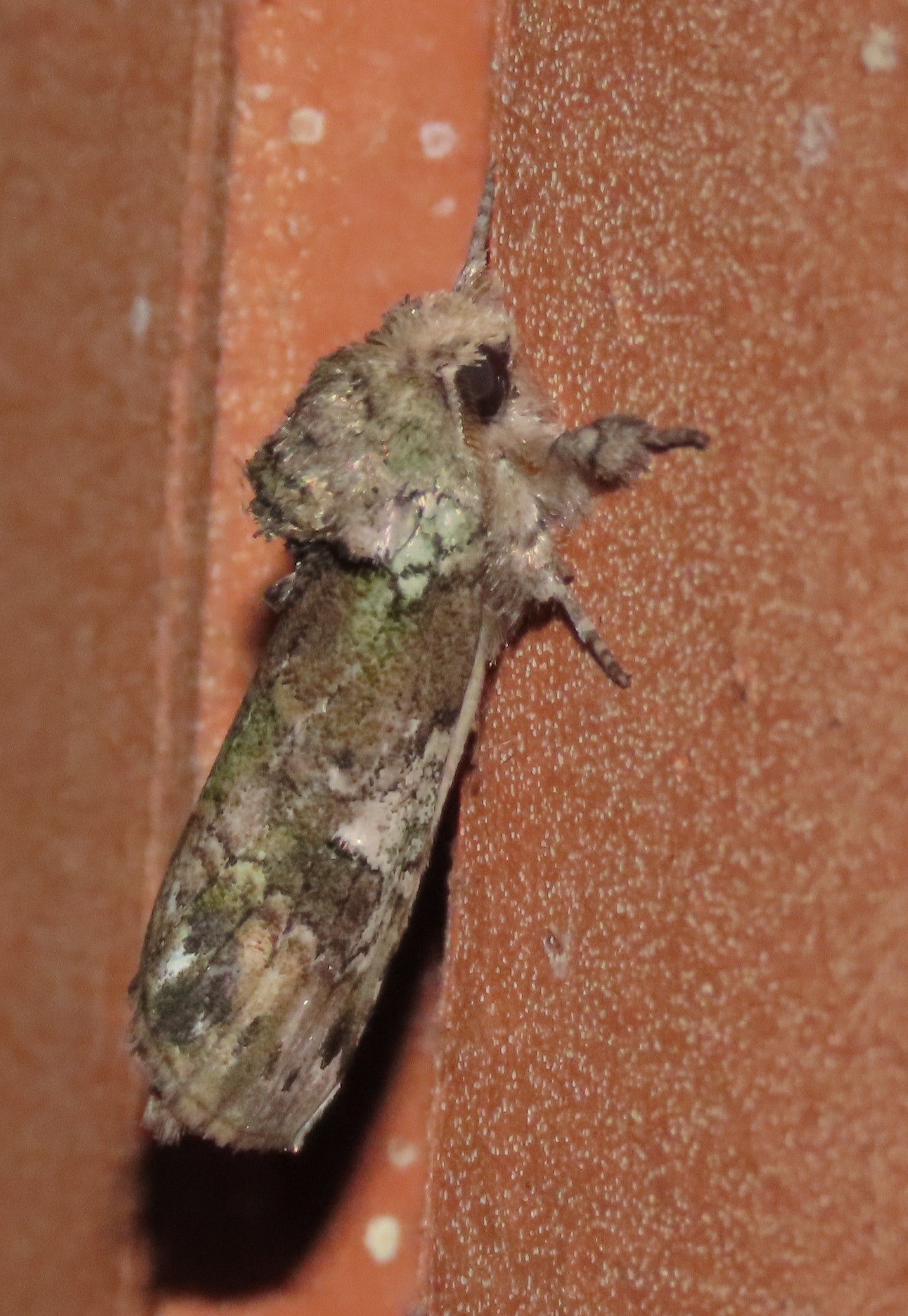
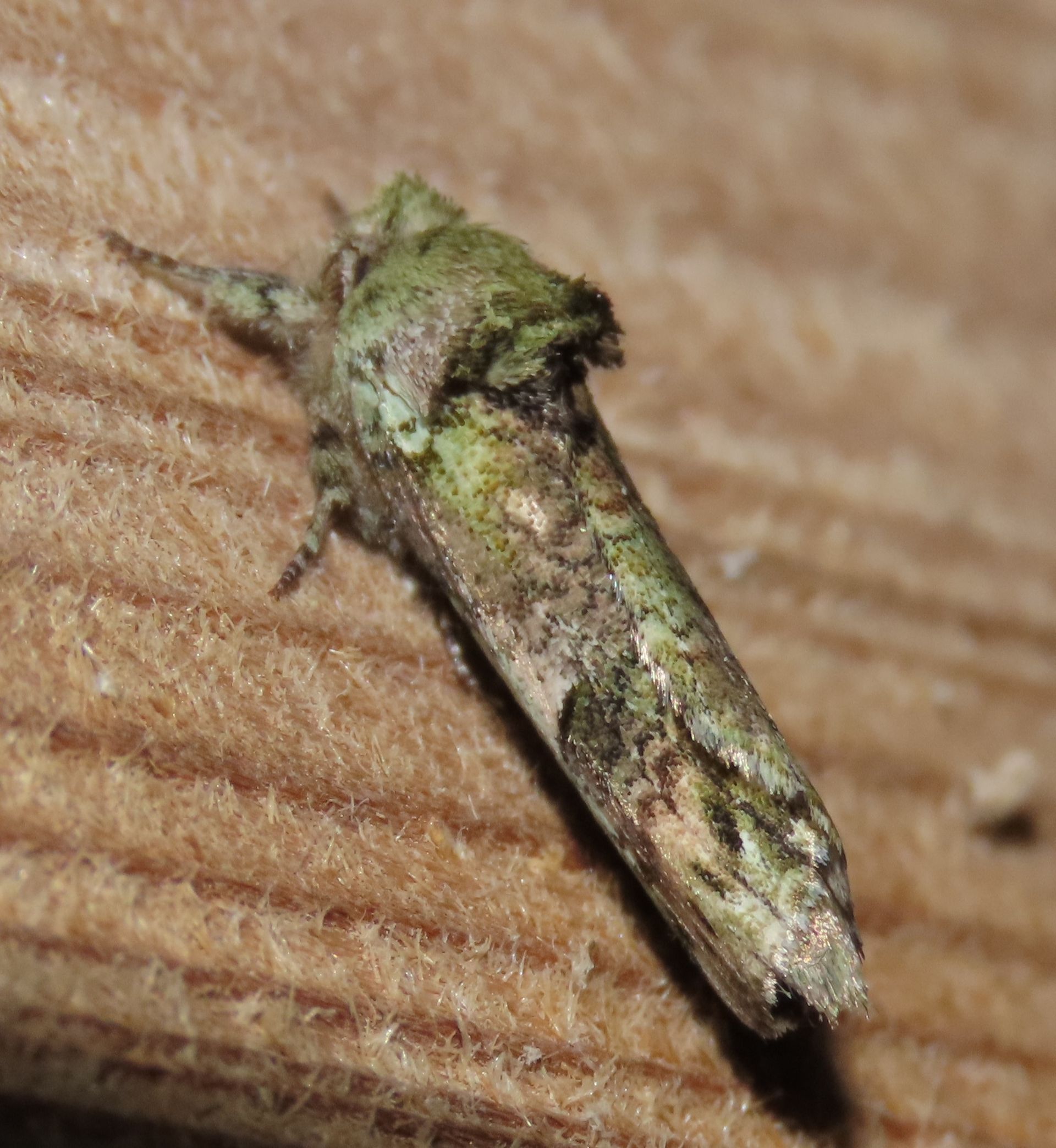
Unicorn Prominent (Coelodasys unicornis)
In some ways is superficially similar to the Orange-banded Prominent, but the pronounced "ruff" and skinny shape help set it apart. Look also for the dark dashes in the paler ST area, plus the white dash in the anal area (the end of the forewing near the top). Recorded January to April and June to August, with records in October.

